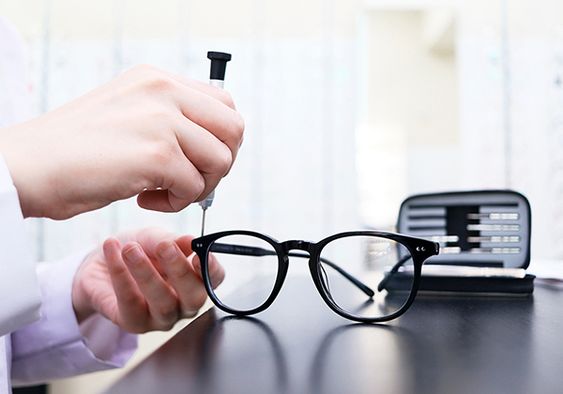Understanding Eyeglass Prescription: What You Need to Know
For those with vision impairments, eyeglasses serve as indispensable aids, providing clarity and comfort in daily activities. However, understanding your eyeglass prescription can sometimes feel like decoding a cryptic message. From terms like “sphere” and “cylinder” to numerical values and axis measurements, it can be overwhelming. This article aims to demystify the world of eyeglass prescriptions, empowering you to decipher your prescriptions with confidence and clarity.
Deciphering Your Prescription
Your eyeglass prescription is a precise set of measurements that outlines the specific vision correction you require. Let’s break down the key components:
- Sphere (SPH): The sphere value indicates the degree of nearsightedness (-) or farsightedness (+) you have. A negative value indicates nearsightedness, meaning you have difficulty seeing objects at a distance. Conversely, a positive value denotes farsightedness, making nearby objects appear blurry.
- Cylinder (CYL): If you have astigmatism or an irregular curvature of the cornea or lens, the cylinder value will be present. It signifies the degree and direction of astigmatism correction needed. Astigmatism can cause blurred or distorted vision at various distances.
- Axis: The axis measurement accompanies the cylinder value and denotes the orientation of the astigmatism correction. It ranges from 0 to 180 degrees, with each value representing a specific meridian of the eye.
- Add Power (ADD): For individuals with presbyopia, an age-related condition where the eye’s lens loses flexibility, additional power is prescribed for near vision. The power value is added to the sphere value for reading or close-up tasks.
Interpreting Your Prescription
Let’s explore a sample prescription to illustrate how these components come together:
OD (Right Eye):
- Sphere: -2.00
- Cylinder: -1.00
- Axis: 90
OS (Left Eye):
- Sphere: -1.75
- Cylinder: -0.75
- Axis: 180
In this example, the right eye has a moderate degree of nearsightedness (-2.00 sphere) with astigmatism (-1.00 cylinder) at a 90-degree axis. The left eye also exhibits nearsightedness (-1.75 sphere) with a lesser degree of astigmatism (-0.75 cylinder) at a 180-degree axis.
Understanding these values enables you to appreciate the nuances of your vision correction needs, facilitating informed discussions with your eye care provider.
Importance of Accuracy
Precision is paramount when it comes to eyeglass prescriptions. A minor error in measurement can significantly impact vision quality and comfort. Therefore, it’s essential to undergo regular eye examinations to ensure your prescription remains up-to-date and accurately reflects your visual acuity.
Consulting Your Eye Care Professional
While understanding your prescription is valuable, it’s crucial to consult with your eye care professional for comprehensive guidance. They possess the expertise to interpret your prescription accurately, address any concerns, and recommend suitable eyewear options tailored to your needs and lifestyle.
Choosing the Right Frames and Lenses
Once you have your prescription in hand, it’s time to select frames and lenses that complement your style and visual requirements. Consider factors such as frame shape, size, and material, ensuring optimal comfort and aesthetics. Additionally, discuss lens options with your optician, such as anti-reflective coatings, photochromic lenses, or high-index materials, to enhance visual clarity and durability.
Regular Eye Examinations
Lastly, prioritize regular eye examinations to monitor changes in your vision and maintain optimal eye health. Even if your vision seems stable, periodic check-ups are essential for detecting any underlying conditions or prescription adjustments needed.
Conclusion
Understanding your eyeglass prescription empowers you to take control of your eye health and vision correction journey. By familiarizing yourself with the terminology and numerical values, you can confidently communicate with your eye care provider, select suitable eyewear, and prioritize regular examinations for long-term visual wellness. Clear vision awaits – embrace the clarity with knowledge and confidence.
For any further queries, Plz visit drvivekgarg. in








